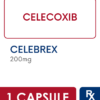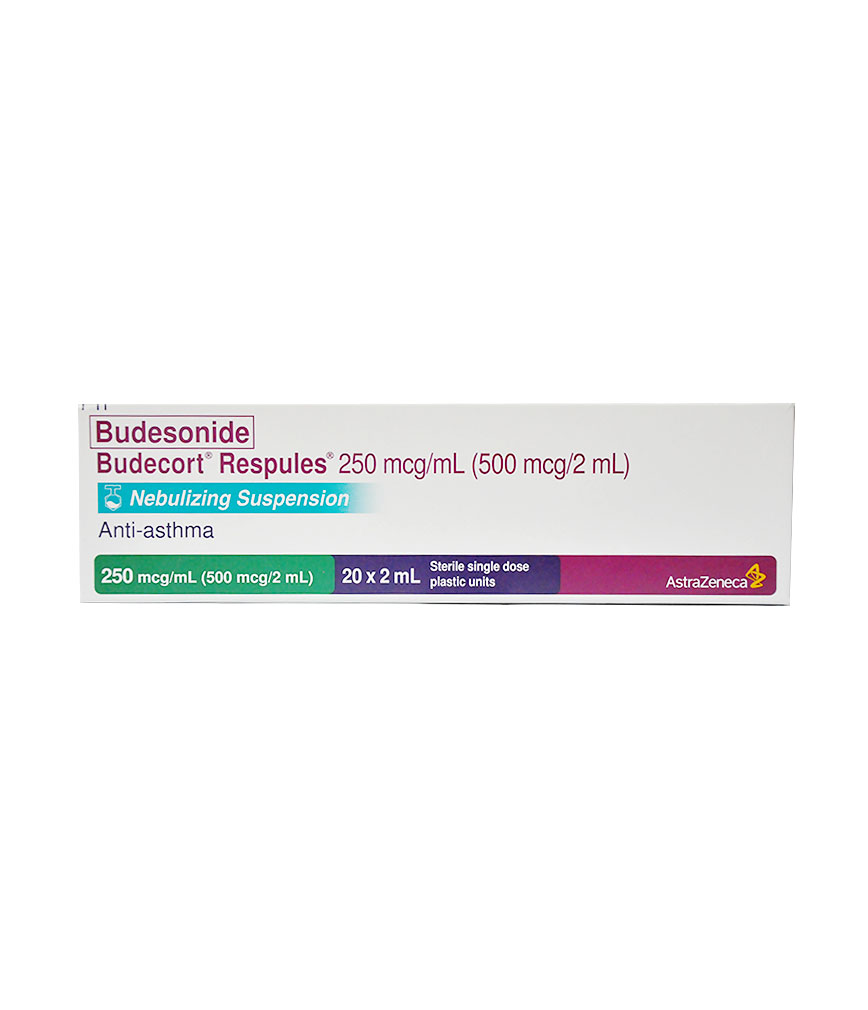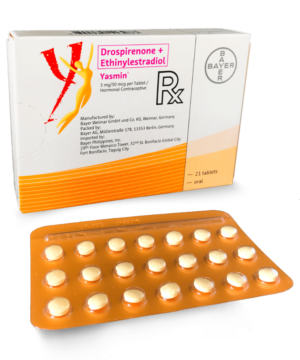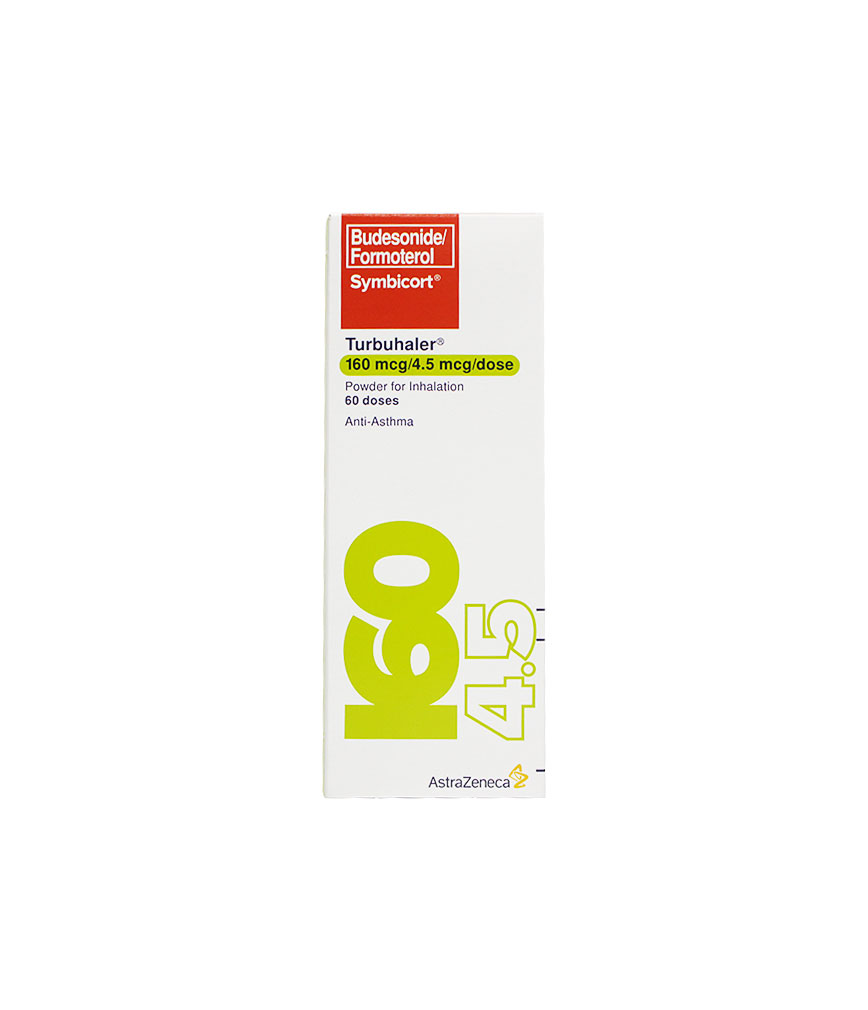Description
CELEBREX 200MG CAPSULE
Description :
Celecoxib is chemically designated as 4-[5-(4-methylphenyl)-3-(trifluoromethyl)-1H-pyrazol-1-yl]benzenesulfonamide and is a diaryl-substituted pyrazole.
The empirical formula for celecoxib (Celebrex) is C17H14F3N3O2S and the molecular weight is 381.38.
Indications / Uses :
Symptomatic treatment of osteoarthritis (OA) and rheumatoid arthritis (RA).
Relief of signs and symptoms of ankylosing spondylitis (AS).
Management of acute pain.
For treatment of primary dysmenorrhea.
For acute and chronic low back pain.
Contraindications :
Celecoxib is contraindicated in: Patients with known hypersensitivity to Celecoxib (Celebrex) or to any of the ingredients such as lactose monohydrate, sodium lauryl sulfate, croscarmellose sodium, and magnesium stearate.
Patients with known sulfonamide hypersensitivity.
Patients who have experienced asthma, urticaria or allergic-type reactions after taking acetylsalicylic acid [aspirin (ASA)] or other nonsteroidal anti-inflammatory drugs (NSAIDs) including other cyclooxygenase-2 (COX-2) specific inhibitors.
Treatment of peri-operative pain in the setting of coronary artery bypass graft (CABG) surgery. (See Precautions).
Special Precautions :
Exercise caution when prescribing Celecoxib (Celebrex) in patients with ischemic heart disease and those with risk factors for heart disease; hypertension; hyperlipidemia, diabetes, smoking and patients with peripheral arterial disease.
General: By reducing inflammation, Celecoxib (Celebrex) may diminish the utility of diagnostic signs, such as fever, in detecting infections.
The concomitant use of Celecoxib (Celebrex) and a non-aspirin NSAID should be avoided.
Cardiovascular Effects: Cardiovascular Thrombotic Events: Celecoxib (Celebrex) may cause an increased risk of serious cardiovascular (CV) thrombotic events, myocardial infarction (MI), and stroke, which can be fatal. All NSAIDs may have a similar risk. This risk may increase with dose, duration of use, and baseline cardiovascular risk factors. Patients with known medical history of cardiovascular disease may be at greater risk. To minimize the potential risk for an adverse cardiovascular event in patients treated with Celecoxib (Celebrex), the lowest effective dose should be used for the shortest duration possible. Physicians and patients should remain alert for the development of such events, even in the absence of previous cardiovascular symptoms. Patients should be informed about the signs and symptoms of serious cardiovascular toxicity and the steps to take if they occur (see Pharmacology: Pharmacodynamics under Actions).
Two large, controlled, clinical trials of a different COX-2 selective NSAID for the treatment of pain in the first 10-14 days following CABG surgery found an increased incidence of myocardial infarction and stroke (see Contraindications).
Celecoxib (Celebrex) is not a substitute for acetylsalicylic acid for prophylaxis of cardiovascular thromboembolic diseases because of the lack of effect on platelet function. Because celecoxib does not inhibit platelet aggregation, anti platelet therapies (e.g., acetylsalicylic acid) should not be discontinued.
Hypertension: As with all NSAIDs, Celecoxib (Celebrex) can lead to the onset of new hypertension or worsening of preexisting hypertension, either of which may contribute to the increased incidence of cardiovascular events. NSAIDs, including celecoxib, should be used with caution in patients with hypertension. Blood pressure should be monitored closely during the initiation of therapy with Celecoxib (Celebrex) and throughout the course of therapy.
Fluid Retention and Edema: As with other drugs known to inhibit prostaglandin synthesis, fluid retention and edema have been observed in some patients taking Celecoxib (Celebrex). Therefore, patients with preexisting congestive heart failure or hypertension should be closely monitored. Celecoxib (Celebrex) should be used with caution in patients with compromised cardiac function, preexisting edema or other conditions predisposing to, or worsened by, fluid retention including those taking diuretic treatment or otherwise at risk of hypovolemia.
Gastrointestinal (GI) Effects: Upper and lower GI perforations, ulcers or bleeds have occurred in patients treated with Celecoxib (Celebrex). Patients most at risk of developing these types of GI complications with NSAIDs are the elderly, patients with cardiovascular disease, patients using concomitant aspirin, glucocorticoids, or other NSAIDs, patients using alcohol or patients with a prior history of, or active, GI disease, such as ulceration, GI bleeding or inflammatory conditions. Most spontaneous reports of fatal GI events have been in elderly or debilitated patients.
Renal Effects: NSAIDs including Celecoxib (Celebrex) may cause renal toxicity. Clinical trials with Celecoxib (Celebrex) have shown renal effects similar to those observed with comparator NSAIDs. Patients at greatest risk for renal toxicity are those with impaired renal function, heart failure, liver dysfunction, and the elderly. Such patients should be carefully monitored while receiving treatment with Celecoxib (Celebrex).
Caution should be used when initiating treatment in patients with dehydration. It is advisable to rehydrate patients first and then start therapy with Celecoxib (Celebrex).
Advanced Renal Disease: Renal function should be closely monitored in patients with advanced renal disease who are administered Celecoxib (Celebrex) (see Dosage & Administration).
Anaphylactoid Reactions: As with NSAIDs in general, anaphylactoid reactions have occurred in patients exposed to Celecoxib (Celebrex) (see Contraindications).
Serious Skin Reactions: Serious skin reactions, some of them fatal including exfoliative dermatitis, Stevens-Johnson syndrome and toxic epidermal necrolysis, have been reported very rarely in association with the use of Celecoxib (Celebrex). Patients appear to be at highest risk for these events early in the course of therapy, the onset of the event occurring in the majority of cases within the 1st month of treatment. Celecoxib (Celebrex) should be discontinued at the first appearance of skin rash, mucosal lesions, or any other sign of hypersensitivity.
Hepatic Effects: Patients with severe hepatic impairment (Child-Pugh Class C) have not been studied. The use of Celecoxib (Celebrex) in patients with severe hepatic impairment is not recommended. Celecoxib (Celebrex) should be used with caution when treating patients with moderate hepatic impairment (Child-Pugh Class B), and initiated at half the recommended dose (see Dosage & Administration).
Rare cases of severe hepatic reactions including fulminant hepatitis (some with fatal outcome), liver necrosis, and hepatic failure (some with fatal outcome or requiring liver transplant), have been reported with Celecoxib (Celebrex).
A patient with symptoms and/or signs of liver dysfunction, or in whom an abnormal liver function test has occurred, should be monitored carefully for evidence of the development of a more severe hepatic reaction while on therapy with Celecoxib (Celebrex).
Use with Oral Anticoagulants: The concomitant use of NSAIDs with oral anticoagulants increases the risk of bleeding and should be given with caution. Oral anticoagulants include warfarin/coumarin-type and novel oral anticoagulants (e.g. apixaban, dabigatran, and rivaroxaban). In patients on concurrent therapy with warfarin or similar agents, serious bleeding events, some of them fatal, have been reported. Because increases in prothrombin time (INR) have been reported, anticoagulation/INR should be monitored in patients taking a warfarin/coumarin-type anticoagulant after initiating treatment with Celecoxib (Celebrex) or changing the dose (see Interactions).
CYP2D6 Inhibition: Celecoxib (Celebrex) has shown to be a moderately potent CYP2D6 inhibitor. For drugs that are metabolized by CYP2D6, a dose reduction during initiation of Celecoxib (Celebrex) treatment or a dose increase upon termination of Celecoxib (Celebrex) treatment may be necessary (see Interactions).
Effects on the Ability to Drive and Use Machines: The effect of Celecoxib (Celebrex) on ability to drive or use machinery has not been studied, but based on its pharmacodynamic properties and overall safety profile it is unlikely to have an effect.
Impairment of Fertility: Based on the mechanism of action, the use of NSAIDs, including Celecoxib (Celebrex), may delay or prevent rupture of ovarian follicles, which has been associated with reversible infertility in some women. In women who have difficulties conceiving or who are undergoing investigation of infertility, withdrawal of NSAIDs including Celecoxib (Celebrex), should be considered.














Reviews
There are no reviews yet.